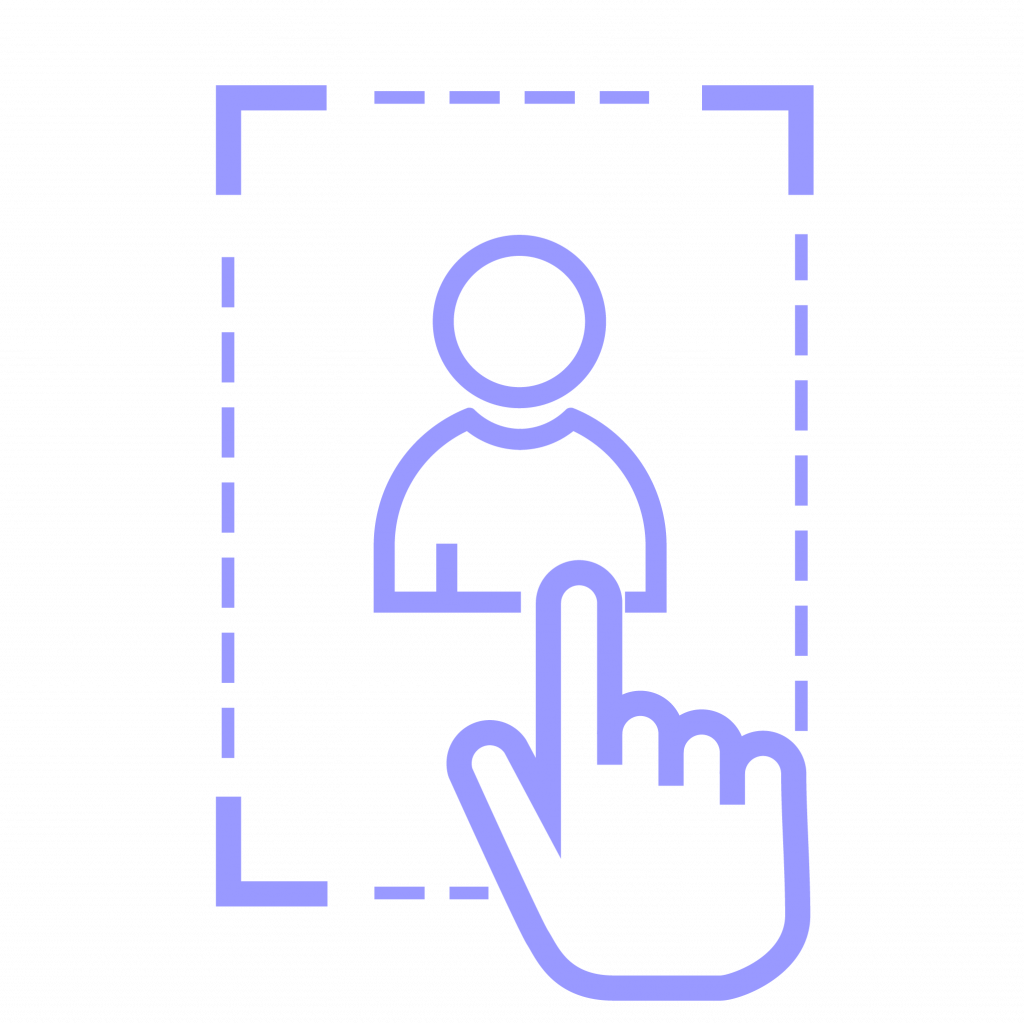Defining HCD methodology
A quick look at the human-centered design process to get you started on your journey
Time needed: 1 hour +
People needed: you/your team

Human-centered design (HCD) is an approach to problem–solving that puts customers for whom you, the financial service provider/remittance service provider, are designing for at the heart of the design process. It starts with the customers with whom you can co-create innovative solutions that benefit both you and the customers.
Through this process you will use tools from the creative sector to identify research issues to resolve your management priorities, develop user research, ideation and prototypes that are desirable, feasible and viable.
Use this tool to solve a customer need and enhance the user experience of your customers. This will instil trust in your customers and provide solutions that match their needs and expectations while including them in the process.
Focus on people
HCD is all about putting people at the center of the design process. In order to meet the needs of the people who will use your product, you must ask some questions:
- Whom am I building the product for?
- Why will customers use the product?
- In what context will they use the product?
Focus on the needs of your user so that you can build the most valuable product for them.
Think of everything as a system
People think of a product as an entire experience, not as a collection of individual features. Adopt a holistic mindset approach that sees all elements of your product as interconnected, and enhancing each individual feature will have a tremendous impact on the overall user experience. Use the Concept canvas tool to visualize the steps in a service process, such as the relationships between people, processes, and online and offline touchpoints linked to a unique customer journey.
Cultural sensitivity
Be familiar with the diverse cultural context of your users because it is not enough to simply be aware. What aspects of your product matter, and how do they matter? Incorporate these culture-specific elements in the design process and integrate them in your design outcome.
Gender awareness
Could gender-specific contextual beliefs affect how customers use the product? Understanding the complex factors that fundamentally impact their decision-making as users will improve the effectiveness of the product, result in better product-market fit, and build stronger relationships with them. Hence, a more thoughtful approach to gender during the design process will help you determine risks and bring forth new opportunities!